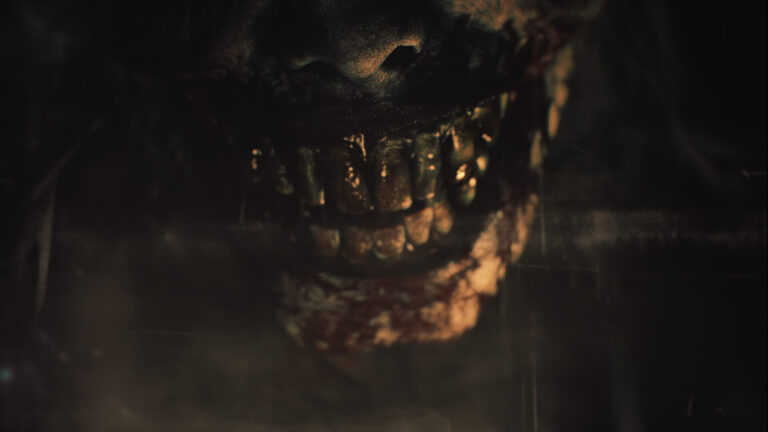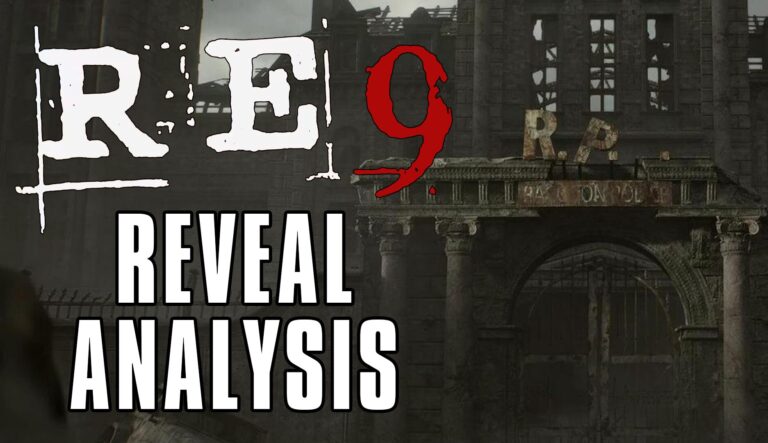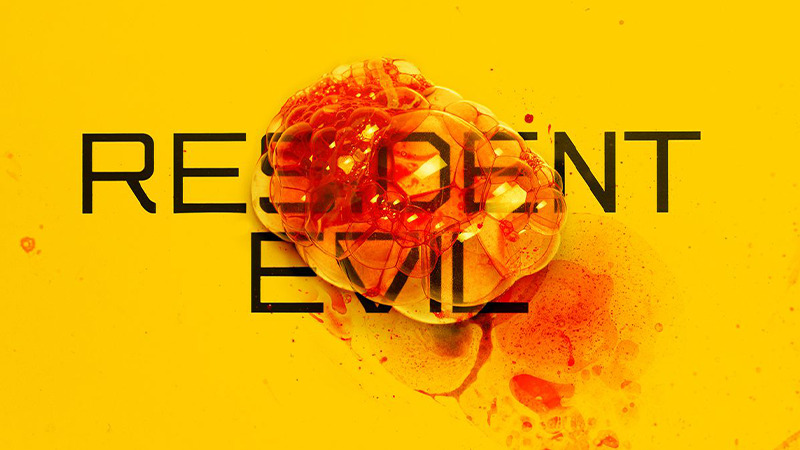
After years of rumors, hoaxes, and fans begging for it, Netflix has finally released its live-action take on Resident Evil. Making up a total of eight, hour-long episodes, this first season has been the subject of much speculation and discussion due to its rather surprising premise: two timelines, one in the present day and one in the post-apocalyptic future, following the adventures of game villain Albert Wesker’s daughters, Billie and Jade. How does this somewhat jarring concept fare in the end though? Well… not great, unfortunately, but not necessarily for the reasons you’d expect as a fan or as a casual viewer.
As previously stated, this series splits between two eras, and the shift between them is night and day. The first, set in 2022, is a largely drama-focused affair that sees Billie and Jade attempting to adjust to life inside the Umbrella-owned corporate town of New Raccoon City and it’s fairly low-key with almost no gore or monster action. The second, in the far-off year of 2036, is a Mad Max-style race for survival in northern Europe against hordes of the undead and Umbrella’s mutants and bioweapons. These two periods bounce back and forth from scene to scene, and the change can often be somewhat jarring, jumping from the slower and more methodical pace of the present-day sections to the often more frantic and gore-heavy of the future. With these two halves of the show being so different, it stands to reason that one would probably be better than the other, and much to my surprise it was actually the heavily (pre-release) criticized “teen drama” half of the series, set in 2022.
From the word go, the section set in New Raccoon City is filled with intrigue and mystery, with Billie and Jade slowly uncovering the dark past behind Umbrella Corporation — and their father’s role in that history. This is kicked off when the pair break into Wesker’s Umbrella headquarters and accidentally stumble across one of the viral cultured freaks, setting off a domino effect that sees their quiet world of high school drama and bickering with their work-obsessed father become steeped in horrific questions and even darker answers. I found myself genuinely engaged by all of this, as each return to this timeline saw new information being explored, all inexorably marching towards the dark future we know is in store for these characters thanks to the flash-forwards. This timeline also benefits massively from Lance Reddick’s performance as Albert Wesker, who is easily the highlight of this show, acting circles around everyone around him while giving a surprisingly varied and nuanced performance. It’s also the only part of the series that even vaguely resembles Resident Evil as a brand, but I’ll get into that later on.
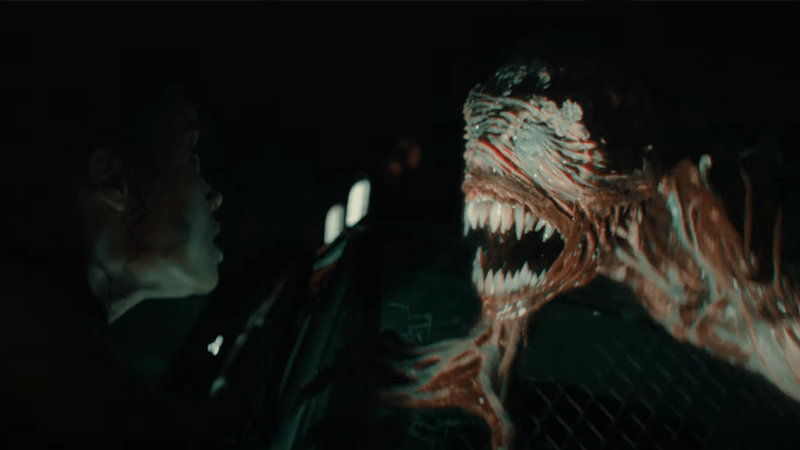
The future segments of this show, in contrast, are quite terrible if I’m being blunt. Boring, poorly written, and with zero forward momentum beyond the characters literally moving forward on a map, these jumps to the post-apocalypse are a slog that made me pine for a return to the “CW drama” fans had been so vocally against. Despite presumably being the half of this adventure where the action would be focused on, there is startlingly little of it, with brief bursts of life in between long sections of characters talking and hiding from Umbrella’s military force. Zombies make up the majority of the creature feature on display, with the much-hyped monsters and bioweapons appearing for shockingly brief snippets. If one of the reasons you’d been looking forward to this series had been getting some horror action with Lickers, which were perhaps the most-marketed bioweapon for the series, you’re in for only around 40 seconds (I counted) of actual on-screen action, the majority of which is just their tounges lashing out from off-screen in one scene early on in the series, never to appear or even be brought up again. For reference, that’s just slightly double the length that a Licker appears on a big 3D billboard in New York City. It’s shocking how little monster action there is in this show as a whole, actually, with none of the handful of creatures appearing for more than a minute apiece (besides the zombies).
The post-apocalypse is also confusingly lacking in the ‘post’ aspect, with characters still having ready and easy access to electricity, cellular service, and even satellite internet video calling on tablets. While parts of the world have devolved into the characteristic rusted metal and DIY weapons of this sort of setting, other areas only a few miles away still look positively modern, allowing for crazy cat ladies to bake cookies in the privacy of their own homes (albeit under mostly unseen Umbrella surveillance). There’s no noticeable class disparity either, like the kind shown in George A. Romero’s Land of the Dead, just some people seem to prefer living the Doof Warrior life while others would rather live inside these much nicer and safeguarded cities. There’s a line from one of the wastelanders wanting to get an in to “Umbrella territory”, but our hero Jade (who is actively being hunted by Umbrella) manages to walk in right off the street through the front door with zero issues.
That of course brings us around to talking about Jade Wesker herself, who is sadly the element that ties both of these time periods together in that she’s the single worst aspect of the show. Annoying and obnoxious in the present, she’s difficult to like as a teen because she treats everyone around her like total shit, including her father and sister (on occasion), bosses her only real friend around like he’s a dog, and spits out tasteless and cringe-inducingly terrible “gen Z humor” (if you’ve come across the “Zootopia porn” line on social media, I can confirm that it’s a real thing she actually says in this Resident Evil TV show). Impossible to engage with, especially as her sister Billie and her father share a remarkably interesting story, I found myself getting frustrated with just how much of a jerk Jade was, especially as the show never makes even a vague token effort to try and explore her damage. Fast forwarding to the future, adult Jade is frustrating to the point of becoming genuinely awful.
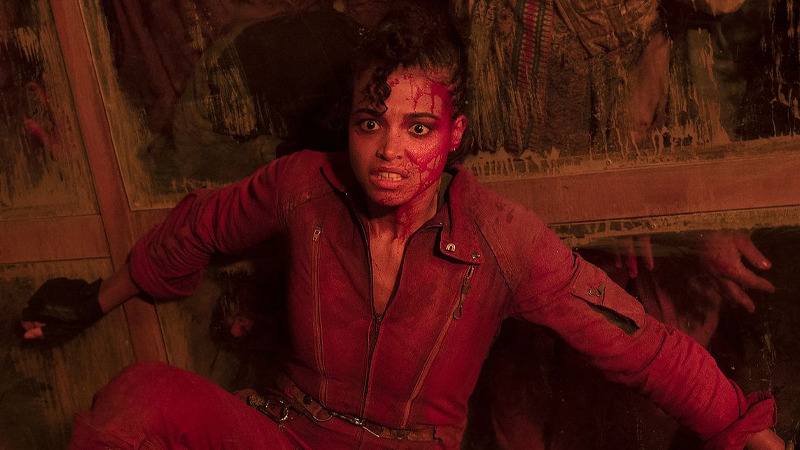
A stupid, selfish, careless asshole that gets virtually everyone she comes into contact with killed or put in needless harm’s way directly through her actions and her actions alone, Jade is impossible to root for as this shroud of moronic destruction follows her for this era’s entirety. Jumping from telling someone to their face that she’s put them in danger by coming in contact with them (thus painting an Umbrella-shaped target on their back) to almost immediately asking a mother, father, and child to accompany her, Jade’s apathetic disregard for those around her (despite ranting about how she’s trying to save the world with her zombie experiments) I came to legitimately hate her by series’ end. The only thing that might be worse is Jade’s laugh-out-loud plot armor, which sees her surviving harrowing situations not because of her pluck, skill, or clever use of the tools around her, but through sheer act of God. Seconds away from being slaughtered by monsters, zombies, or even Umbrella’s soldiers, Jade finds herself being rescued by inexplicably appearing survivors (that usually don’t even know her) multiple times throughout the series, coming upon her plight at random and just in time to save her life. I’m not even sure I can describe it as frustrating, because it goes so hand in hand with what a careless idiot she is that it almost seems intentional that she’s looked out for in this “no harm can come to Mr. Bean” kind of way.
Now, of course, it would be remiss of me not to talk about the Resident Evil aspect of this series, which you might have noticed hasn’t been mentioned much thus far. That’s largely because there really isn’t much to mention, as my speculation that the Resident Evil aspects of this show were retrofitted onto an existing but unrelated zombie script seems to ring true after watching the entire adventure play out. Resident Evil‘s overall presence in the series is mostly negligible, outside of the omnipresence of the Umbrella logo everywhere (and I mean everywhere, to a comical degree). Long stretches of this series go by without much to latch onto as a fan of the games, to the point that I genuinely forgot that’s what I was supposed to be watching during a particularly dry episode set entirely in the future. What amounts to little more than a veneer over a mostly unrelated show can often go as far as being straight up distracting, as a sudden name drop or reference can suddenly make an audience that was perhaps lulled into the routine of a dry family drama sit up and pay attention — or at least that’s probably what the showrunner was hoping for.
If you’ve been following along with my coverage of this show, you’ll know that one of the aspects that intrigued me the most were comments made by series showrunner Andrew Dabb that this story would be taking the entirety of Resident Evil canon (as in all of the released games up to 2022) as canon to this show, even going so far as to call the show a “sequel” to the games. Unfortunately, these claims range from being either massive over statements or outright lies, with a combination of poorly researched and out-of-context references to semi-random game events and information, and a bizarre disregard for certain aspects of the state of the Resident Evil universe that, most likely unknown to the show’s writers, inadvertently upend canon within just a few words. From smaller things like claiming that Umbrella co-founder James Marcus was, in fact, the sole founder of Umbrella Corporation before being “pushed out” by the company (which is mysteriously more similar to his role in the Paul W.S. Anderson films), to larger elements like the inexplicable decision to make the Raccoon City incident lost to the public eye due to a cover-up (despite the event being largely publicized in the game-canon and leading directly to the events of Resident Evil 4, 5, 6, 7, and 8 and the creation of multiple organizations such as the FBC and BSAA), with Umbrella spinning a yarn about the city apparently having blown up due to a gas leak. In case I’m not being clear enough, Resident Evil 4 literally opens with the line “the news was out to the whole world, revealing that it was the fault of a secret viral experiment conducted by the international pharmaceutical enterprise, Umbrella”, and the world knew about the nuclear missile strike within like an hour.
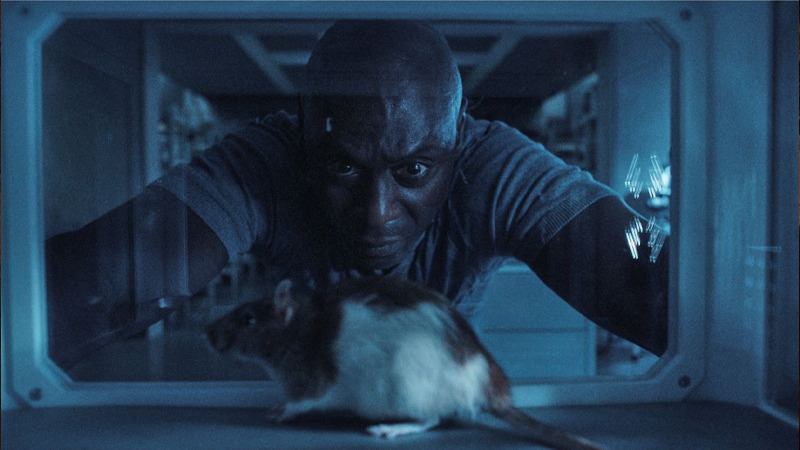
Perhaps the most egregious is the fact that a not inconsiderable chunk of the series’s plot is focused around making a T-Virus vaccine, despite a vaccine having existed since 1998 in canon (it’s called Daylight), which is the reason the T-Virus is rarely brought up in the games or even extended media anymore, shifting more towards newer and bigger threats such as Las Plagas, the C-Virus, and Mold. This bizarrely disinterested changing of (or just poorly researched) established lore for the sake of resurrecting Umbrella to fill in its banal movie role of being RoboCop‘s Omni Consumer Products but zombies is frustrating and makes the press leading up to this show feel like little more than song and dance to get game fans to not write it off entirely. Obviously, adaptions change things, it’s part of the process and sometimes can even lead to cool ideas or even elevate the source material, and I don’t want to come off like a nerdy “well actually” fangirl, but to present your series as “using all the games as backstory” is galling when the series treats the canon as flexibly as the Paul W.S. Anderson films did. Just don’t say it if it’s untrue, dude.
There are other elements Dabb lied about in interviews as well, but since those are spoilers I won’t get too detailed, but know that there may be aspects of this series you’re eager to witness — and you will be disappointed by them, or at least find the end results very, very funny.
Overall, Netflix’s Resident Evil is vaguely intriguing at its best and surprisingly boring and frustrating at its worst. If you’re here as an outsider or a casual fan just looking for a fun, zombie slaying time, you’re going to be met with a mostly dry family drama with intermittent bursts of brief action and an unlikeable protagonist. If you’re here as a die-hard fan of the games excitedly anticipating how this show has used your favorite characters and monsters, you’re going to find that it basically doesn’t, and the handful of references and shout-outs are often wrong or at least poorly researched. Give this one a skip unless you really, really need your fix of Resident Evil content while we all wait for Village‘s DLC, or if you want to watch Albert Wesker argue with a waitress about what is and is not unlimited breadsticks in a five-minute long ad for Olive Garden in episode 7.
 (5 / 10)
(5 / 10)
Average
 (5 / 10)
(5 / 10)
